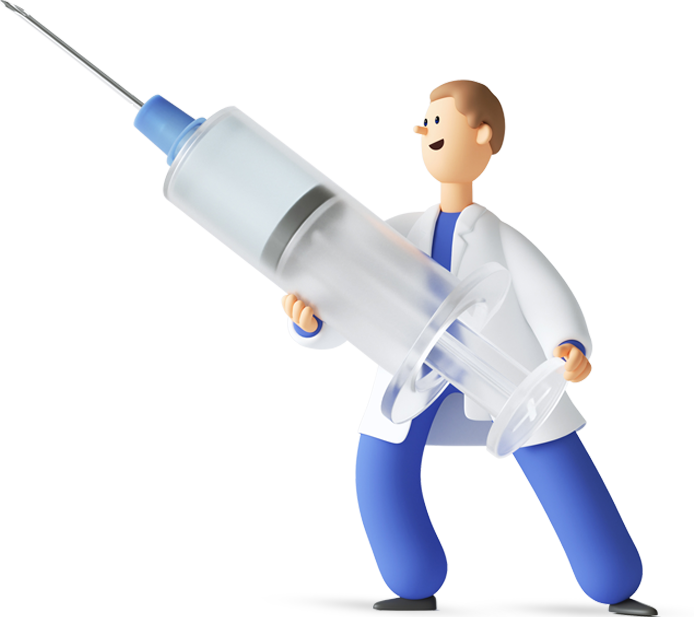

Kinesio Taping
Kinesio taping is a type of tape that accelerates injury recovery and enhances fitness. This special coloured tape is applied to both the injury site and the nearby lymphatic system. Our physiotherapist will apply it correctly to the areas necessary for best effect and result.
How does kinesiology tape work?
Kinesiology tape, made of a stretchy blend of cotton and nylon, mimics the skin’s elasticity, allowing for a full range of motion. The tape’s medical-grade adhesive is water-resistant and durable, staying in place for three to five days. When applied, the tape gently lifts the skin, creating a microscopic space between the skin and underlying tissues which aid the recovery process.
Recommended for:
* Treating injuries
* Supporting weak zones
* Re-educating muscles
* Enhancing performance
* Managing scars
Pricing
£10
Duration
10-15 mins
Benefits
* Protection of injured soft tissue structures (ligaments, tendons, fascia)
* Injury prevention
* Encourage normal movement
* Quicker return to sport or work
* Pain reduction
* Improves the stability of a joint
* Reduces the risk of re-injury
* Reduces swelling
Our approach to Rehabilitation at Body Boost Clinic
Rehabilitation provides a vital role in pain relief and recovery from fractures, surgery, age-related conditions and muscle, tendon and ligament injuries. But you don’t have to be injured to benefit from physiotherapy; it’s just as valuable as a preventative measure, and is highly recommended for athletes, physical performers or anyone that struggles with pain in everyday life.
Exercise Prescription
The primary method we use to rehabilitate injuries is precise, individualised exercise prescription which addresses any associated weaknesses or imbalance. We also design our exercise prescriptions to reduce the risk of further injury, and it is recommended not just for rehabilitation but prevention as well. If you have any results out of the normal range we recommend you consult a doctor just to be sure that everything is ok.

FAQ
How to safely remove kinesio tape?
If you’re wearing the tape longer than a few days, it may begin loosening on its own. Here are some tips for getting the tape off without hurting your skin.
-
Apply some oil (like baby oil or olive oil) or lotion on top of the tape to loosen the strip.
Remove it slowly. Don’t yank. Don’t pull up.
After nudging up one end of the strip, press down on your skin to separate it from the tape.
Pull the tape back against itself, rather than straight up away from you. Compress your skin gently while pulling the tape back in the direction of the end tab.
Walk your fingers along your skin as you go.
If your skin is irritated or damaged, don’t reapply tape. Consider talking talk to your physical therapist or doctor.
How long should kinesio tape be applied?
The kinetic tape is made of high quality materials, adheres to the skin for 3 to 7 days and is water resistant. Kinesiology tape can be used throughout the entire healing process. Try not to soak your strapping as this may cause it to be less effective. Kinesiotape is successfully being applied to athletes when treating sports injuries.
How can Rehabilitation help with pain relief?
A good program involves exercising the injured area and stretching tight muscles, massaging sore spots, and doing exercises that prepare it to withstand stress from exercise, competition, or other situations that could cause injury in the future. During the sports injury rehabilitation process, there are certain techniques that can be used by sports physiotherapists to help promote the healing process of soft tissues.
How does Rehabilitation prevent injury?
Physiotherapy can help deal with injuries by restoring strength and mobility to the affected part of the body. In addition, it can also help prevent future injuries. A physiotherapist can help come up with a plan to prevent future injuries for athletes or people who do daily exercises or any other physical activities. They will examine your lifestyle, medical history, or any previous injuries to come up with a plan for you.
A physiotherapist can identify the common injuries that you are susceptible to when playing a particular sport or doing any repetitive movements. Based on this they can provide various recommendations to help you avoid these overuse injuries.
This plan can include regular exercises, stretching or any manual therapy to strengthen the body and improve flexibility. It can help people regain their energy, movement, and overall strength of the body. Physiotherapists can continue to guide the patients and educate them so that they can avoid over stressing their body and watch out for any signs of injuries.
What can I expect from Rehabilitation?
Your session will be unique, because it is all about you and your particular needs. In general, here’s what happens:
-
The physiotherapist learns about your medical history
The physiotherapist assesses and diagnoses your condition
You receive a treatment plan that sets goals for you
You are prescribed a course of exercises and any assistive devices needed









